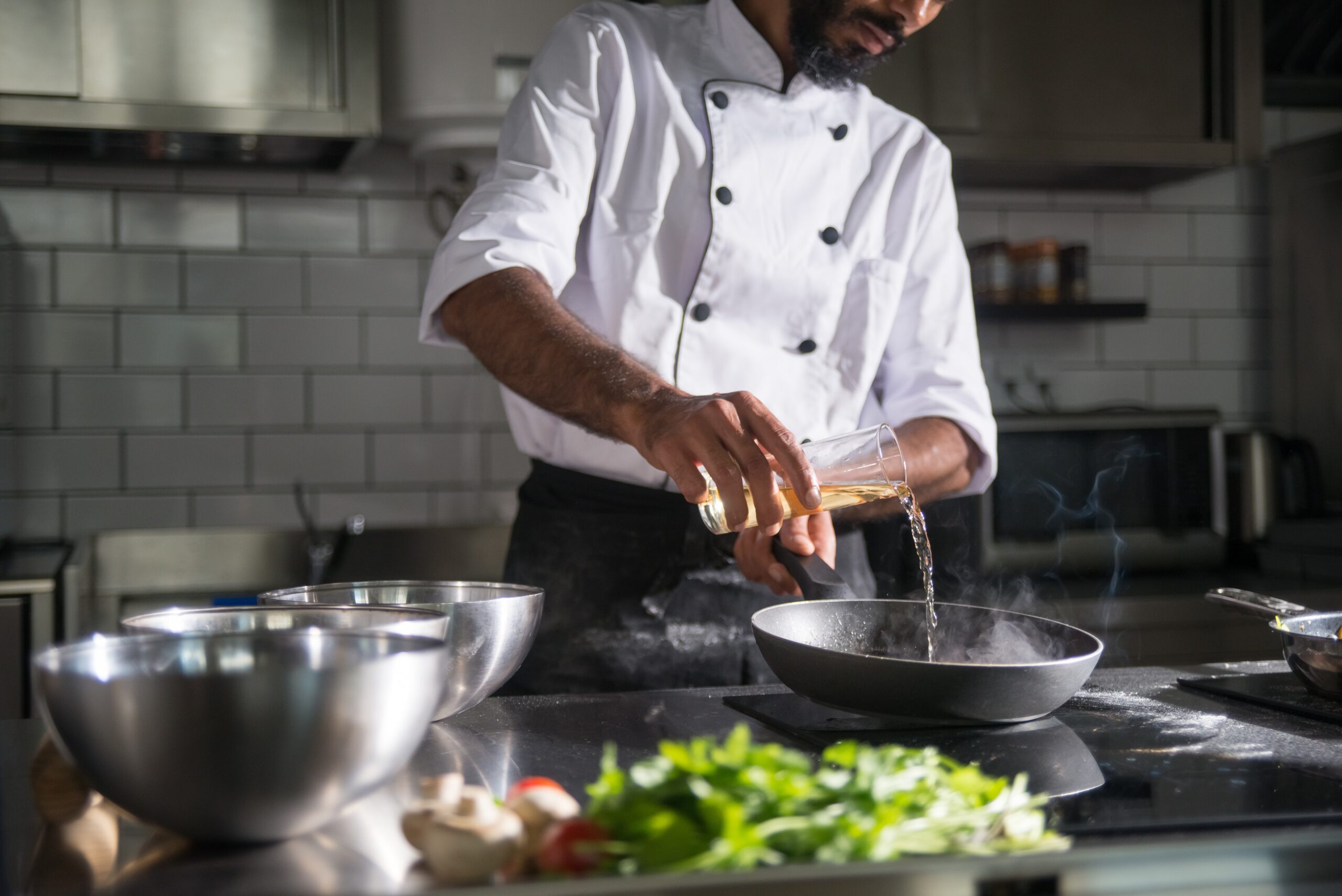

Anyone who’s responsible for managing a kitchen knows that one of the most critical aspects of running a successful restaurant is cost management. One area that requires close attention is food costing. With the right approach and tools, you can control your food costs, increasing your margins and profitability. In this post, we’ll give you an introduction into restaurant food costing, providing you with practical tips and tools to implement.
The first step in effective food costing is taking a regular inventory of your stock. Ideally, you should do this weekly or monthly, depending on the size of your restaurant. Tools like BevSpot make this process easier by centralizing and digitizing the process (no more spreadsheets!) and allowing multiple people to take inventory at the same time. Oh, and don’t forget to label all of your items!
To calculate your menu cost, you need to know the cost of each ingredient and how much of it you use to make each dish – down to the amount of salt and pepper, or even the garnish you use during the final plating! To do this, gather your recipes and break your menu items down into their constituent parts. Once you know every ingredient, its quantity, and its cost, you can determine the cost of production for each dish.
Your plate cost equals the sum of the cost of the ingredients on the plate divided by the number of plates. Once you have your plate cost, you can determine your profit margin. Calculate your desired percentage profit margin and subtract it from your plate cost to find your menu price.
Need help costing out your menu? Our product specialists are here to help.
Waste can be a significant contributor to your food costs. Track your wastage and look for ways to reduce it by managing portion sizes, minimizing overstocking, and using yield optimization techniques. A critical factor in reducing waste is ensuring that your kitchen staff is well trained, the equipment is functioning correctly, and the food is stored appropriately.
Several tools and platforms can improve your restaurant’s food costing. For instance, many restaurant management systems like BevSpot offer inventory and food costing functionality. You can also use integrations with POS systems like Toast and Square to run customer data analysis to track menu item popularity, assess profitable trends, and identify food cost problems.
Restaurant food costing doesn’t have to be complicated. By regularly taking inventory, determining your menu cost and assessing your plate cost and profit margin, controlling food waste, and using technology, you can improve your restaurant’s cost management and increase profits. With these cost management techniques in mind, you’ll ensure you have a successful, profitable restaurant that continues to thrive in this competitive market.
Stay tuned for a more in-depth look at food recipe costing!
